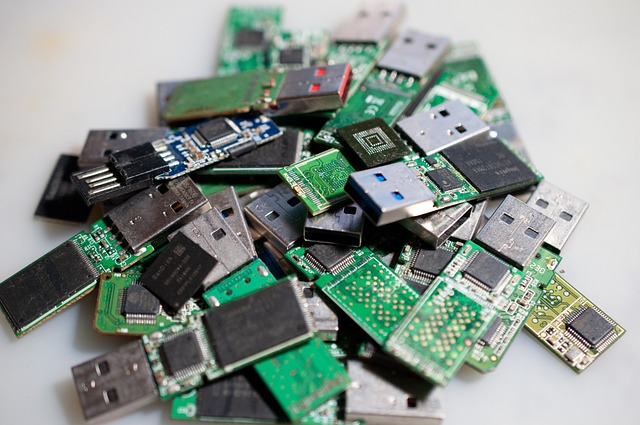Mastering Flash Photography: A Guide to Optics and Lighting Techniques
Flash photography can be both exhilarating and intimidating, especially for those who are just starting their journey through the vibrant world of photography. The magic of capturing a moment, infused with light, draws many photographers into the realm of optics and lighting techniques. If you’ve ever been captivated by a stunning flash-lit image, you know just how powerful and expressive photography can be. Let’s delve deeper into mastering flash photography!
Understanding Flash: More Than Just a Light
At its core, a flash is a burst of light that serves to illuminate a scene or subject. But it’s much more than that. The way you manipulate flash will directly affect your photo, allowing you to create mood, depth, and intrigue. With the right techniques, you can transform mundane images into extraordinary captures that resonate with your audience.
The Basics of Flash Photography
Before we dig into advanced techniques, let’s ensure you have a solid understanding of the basics. To use flash effectively, you need a good grasp of your camera’s exposure triangle: aperture, shutter speed, and ISO. Each component will play a vital role in how your flash interacts with ambient light.
Aperture
Adjusting your aperture affects how much light enters the camera. A wider aperture (lower f-stop number) allows more light, while a narrower aperture (higher f-stop) lets in less. In flash photography, utilizing a wider aperture can create a beautiful bokeh effect in the background, enhancing your subject’s presence.
Shutter Speed
Your shutter speed controls how long your camera’s sensor is exposed to light. When using flash, it’s essential to keep your shutter speed at or below your camera’s sync speed to avoid dark bands across your images. Experimenting with different shutter speeds will help you manipulate movement and motion blur to your advantage.
ISO
The ISO setting adjusts your camera’s sensitivity to light. In flash photography, it’s wise to start with a lower ISO to minimize noise. As you play with your flash exposure, you might find instances where increasing the ISO helps to balance the ambient light and your flash, especially in dimly lit environments.
Types of Flash and Their Effects
Not all flashes are created equal. Understanding the different types of flash can help you make informed decisions in your photography sessions.
On-Camera Flash
This type of flash is built into most cameras. While convenient, on-camera flashes can sometimes create harsh, direct lighting. To combat this, try bouncing the flash off a nearby surface to diffuse the light and create a more natural look.
External Flash Units
Investing in an external flash opens up a world of possibilities. With adjustable head positions, you can achieve creative lighting angles that significantly impact your photo’s mood and dynamism. Experimenting with diffusers and modifiers will help soften the flash and spread its light more evenly across the subject.
Creative Techniques in Flash Photography
Once you’ve mastered the basics, it’s time to let your creativity shine. Here are some techniques that can elevate your flash photography:
Flash Sync Techniques
Utilizing slow sync flash can be a game-changer. It allows you to capture both your subject and the ambient background light, creating vibrant images that tell a story. By using a slower shutter speed, your flash can freeze the action, while the long exposure captures the enchanting glow of the surroundings.
High-Speed Sync
If you want to shoot with a wide aperture in bright daylight, high-speed sync can help. It allows you to use a flash at faster shutter speeds, effectively combating harsh sunlight. This technique can enhance your portraits, making colors pop and keeping details crisp.
Experiment and Practice!
Becoming proficient in flash photography doesn’t happen overnight. It’s a continuous journey of exploration and experimentation. Don’t shy away from trying different settings, angles, and light modifiers. The more you practice, the more you’ll develop a keen eye for what works and what doesn’t. Each flash burst brings a new opportunity to capture a moment filled with depth and emotion.
With these tips and techniques, you’re well on your way to mastering the art of flash photography! Embrace the challenges and joys that come with learning to manipulate light. Your camera is not just a tool; it’s a gateway to creating captivating stories through photography.




